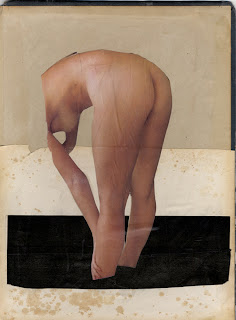"To live is to war with trolls." --Ibsen
While researching the upcoming book on illustrator Bernie Fuchs, I was amused by the imitators who seemed to encircle his ankles wherever he went.
Fuchs' illustration for Cointreau...
... was copied by illustrators as far away as Korea:
 |
| I love how this imitator re-purposed Fuchs' line for the woman's hair into a dotted coupon line. |
He got a lot of attention with this bold new illustration for McCalls in 1964:
Among the artists "influenced" by Fuchs' picture was Aldo Luongo, who painted the following version and sold it as a limited edition print, advertised heavily in fine art magazines:
When Fuchs changed directions, painting with a series of thin acrylic washes...
 |
| Fuchs |
...illustrations by others in the same style began popping up a few months later:
 |
| Andy Virgil |
I suspect the imitators who hurt the most were the capable illustrators who did not copy a specific image but just adopted the Fuchs "look." They were the hardest to distinguish. More than anyone else, these images diluted the the Fuchs "brand." But he just kept changing the brand.
 |
| When Fuchs began painting bright yellow floors... |
 |
| ...bright yellow became the flavor of the month for imitators such as this anonymous artist. |
Fuchs' agent used to become angry when friends called to compliment him on a new Fuchs illustration that turned out to be by someone else.
But when I interviewed Fuchs before he died, he never mentioned it. One way to war with trolls is not to notice them.



























.jpg)















